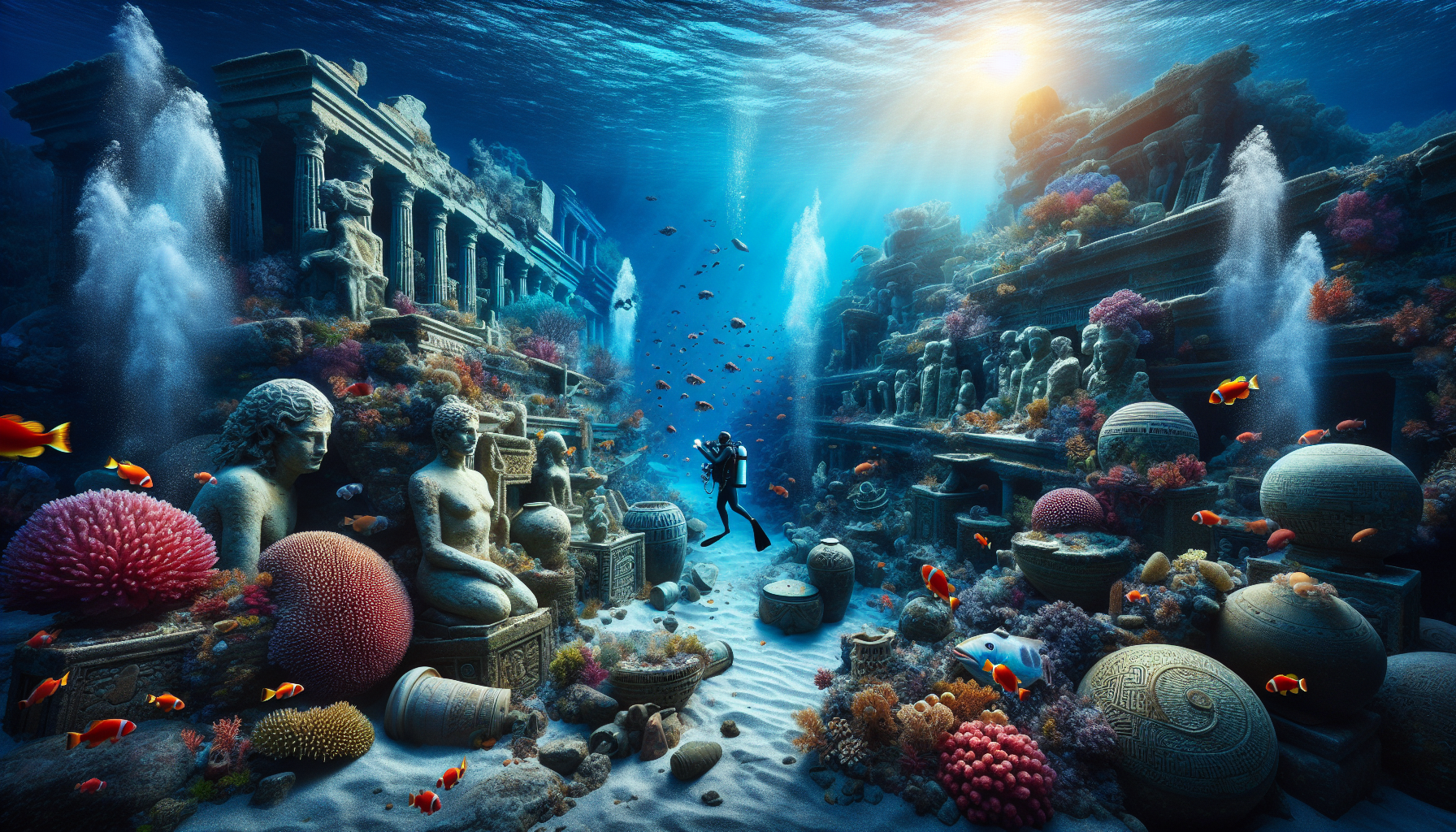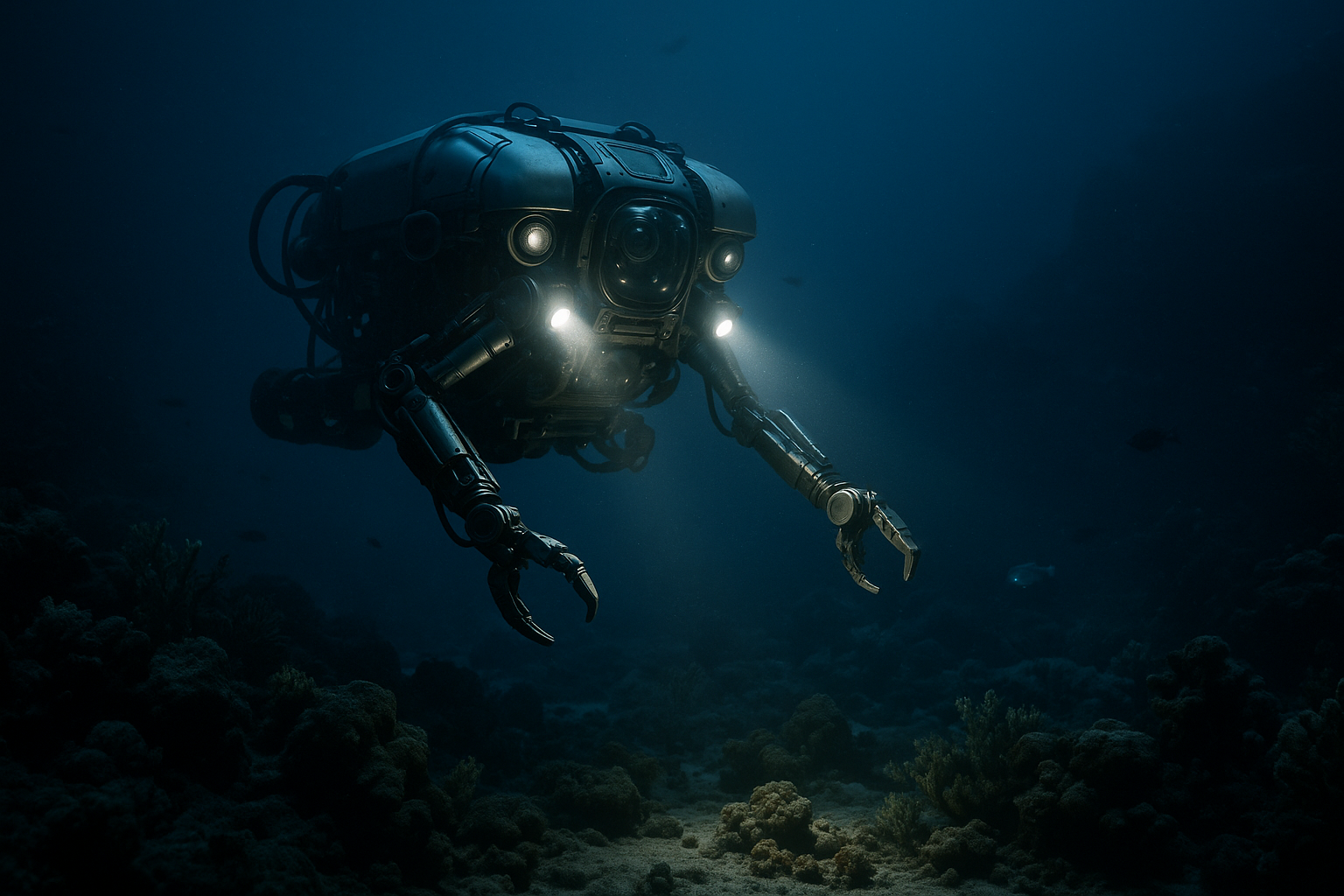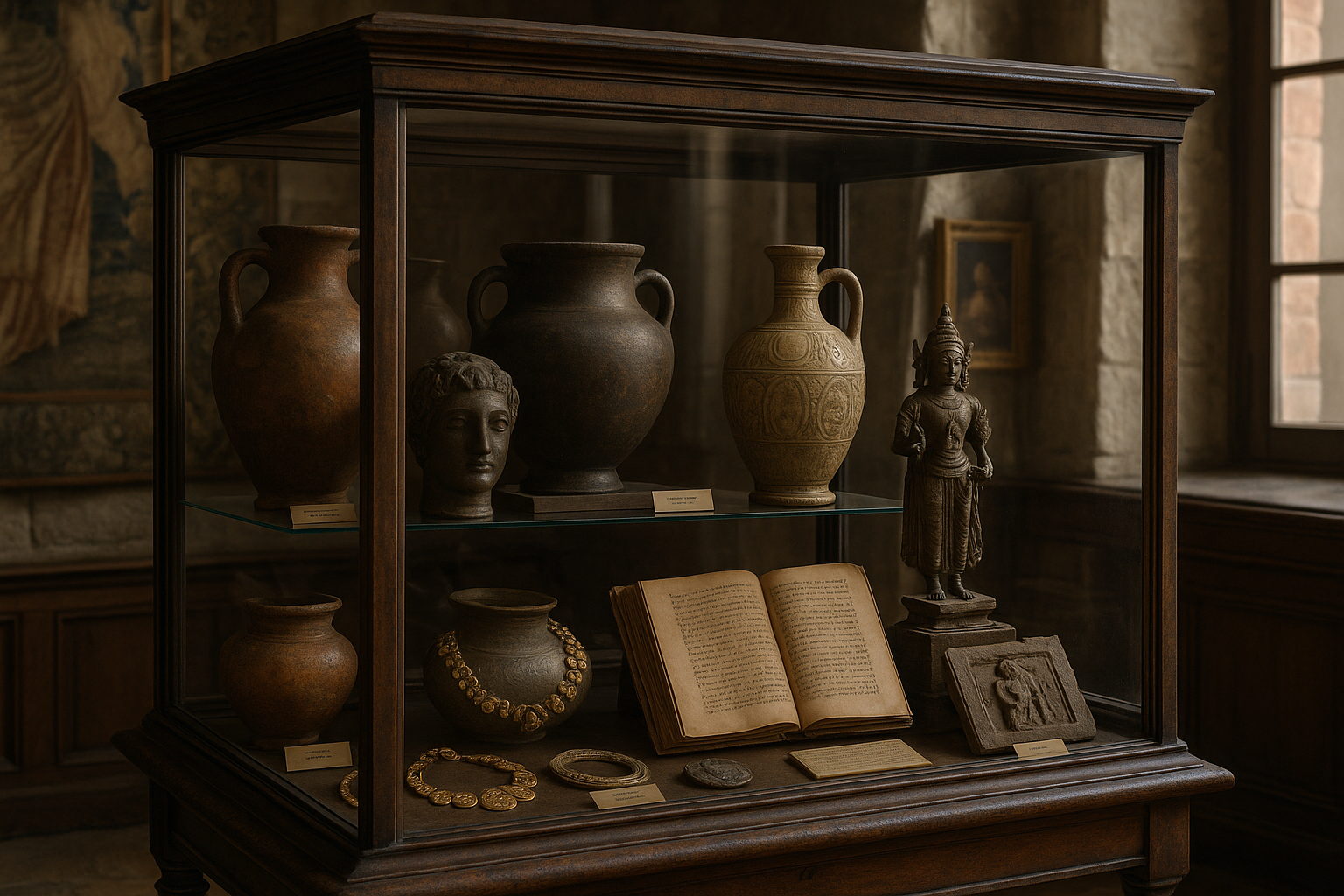Beneath the tranquil waves and shifting sands of our world’s oceans lie the remnants of entire civilizations, lost to time and tide. These submerged cities, once bustling centers of commerce, culture, and innovation, now rest silently under layers of sediment, waiting to be rediscovered and reimagined. The allure of these lost worlds captivates historians, archaeologists, and curious minds alike, as each sunken city tells a story of human resilience, adaptation, and sometimes, tragedy. In this article, we will delve deep into the intriguing narrative of these aquatic ruins, exploring not only their historical significance but also the untapped potential they hold for contemporary local communities. 🌊
The exploration of sunken cities is more than just an adventure into the depths; it is a journey into the heart of human heritage. These underwater sites offer a unique window into the past, providing invaluable insights into the lives, technologies, and cultures of ancient societies. However, the true treasure lies in how these discoveries can be harnessed to benefit present-day communities. By unearthing the stories of the past, we can foster a sense of identity and pride among local populations, stimulate economic opportunities through tourism, and even inspire sustainable practices by learning from the environmental adaptations of our ancestors. In this article, we will uncover how the integration of these submerged wonders into modern life can rejuvenate and empower communities that sit at the edge of these historical marvels.
From the legendary city of Atlantis to the real-life discoveries of Dwarka in India and Thonis-Heracleion in Egypt, each sunken city offers a tapestry of tales waiting to be woven into the fabric of today’s world. We will explore the technological advancements that make these underwater explorations possible, the challenges faced by archaeologists, and the delicate balance required to preserve these sites while making them accessible to the public. Furthermore, we will examine case studies where local communities have successfully integrated their underwater heritage into economic and cultural revitalization efforts. By the end of this journey, you will not only appreciate the cultural riches that lie beneath the sea but also understand the profound impact these lost cities can have on the communities that reclaim them. ⚓
The Mysterious Allure of Sunken Cities
The allure of sunken cities has fascinated human imagination for centuries. Beneath the waves, lost civilizations, once bustling with life and culture, now lie in silence, inviting curiosity and exploration. Sunken cities offer a glimpse into the past, revealing how ancient societies lived, thrived, and eventually met their demise. These submerged sites are not only valuable to archaeologists and historians but also hold significant cultural and economic potential for local communities today.
Submerged cities, such as Atlantis, have long been the stuff of legends, yet many real underwater ruins exist, hidden beneath oceans and lakes across the globe. These sites vary from ancient ports that once thrived with maritime trade to entire settlements submerged by natural or man-made disasters. As technology advances, the exploration of these underwater wonders becomes increasingly feasible, offering new opportunities for discovery and understanding.
One significant aspect of sunken cities is their potential to serve as cultural time capsules. These sites preserve artifacts, architecture, and environmental data that provide insights into historical lifestyles, economies, and social structures. For local communities, these submerged treasures can foster a sense of pride and connection to their heritage, acting as a catalyst for cultural revival and tourism development. Thus, the exploration of sunken cities is not merely an academic pursuit but a venture that can yield tangible benefits for society.
Technological Advances in Underwater Archaeology
The exploration of sunken cities has been greatly enhanced by advances in underwater archaeology. Modern technology allows researchers to delve deeper and discover more than ever before, opening up new possibilities for uncovering lost civilizations. High-tech tools such as remotely operated vehicles (ROVs), underwater drones, and advanced sonar mapping systems have revolutionized how archaeologists explore the depths.
One of the most significant breakthroughs has been the development of side-scan sonar, which provides detailed images of the ocean floor. This technology enables researchers to identify potential archaeological sites quickly and accurately. Additionally, underwater drones equipped with cameras and sampling tools can explore areas that are too dangerous or inaccessible for human divers. These innovations not only increase the efficiency of archaeological investigations but also minimize the risk to human life.
Moreover, advances in digital imaging and 3D modeling allow archaeologists to create virtual reconstructions of sunken sites. This technology not only aids in the analysis and interpretation of findings but also enables the creation of immersive experiences for educational and tourism purposes. By allowing people to explore these submerged wonders from the comfort of their homes, technology can play a crucial role in raising awareness and appreciation for underwater cultural heritage.
Comparative Analysis of Underwater Archaeological Tools
| Tool | Function | Advantages | Limitations |
|---|---|---|---|
| Side-scan Sonar | Provides detailed images of the seafloor | Accurate identification of potential sites | Expensive and requires specialized training |
| ROVs | Explores underwater sites | Access to dangerous or deep locations | Limited by tether length and battery life |
| Underwater Drones | Captures images and samples | Autonomous and versatile | Vulnerable to currents and obstacles |
| 3D Modeling Software | Creates virtual site reconstructions | Enhances analysis and public engagement | Requires high processing power and expertise |
To learn more about the fascinating world of underwater archaeology, check out this informative video: “Exploring the Underwater World of Lost Cities” by National Geographic. 🌊
The Impact on Local Communities
The discovery and exploration of sunken cities can have a profound impact on local communities. These submerged sites offer unique opportunities for cultural enrichment, education, and economic development. By fostering a connection to their historical roots, communities can enhance their cultural identity and pride, which in turn can drive efforts to preserve and promote their heritage.
Tourism is one of the most significant benefits that sunken cities can bring to local economies. As interest in underwater archaeology grows, more travelers are drawn to destinations with rich underwater heritage. This influx of visitors can lead to increased demand for accommodations, restaurants, and other services, boosting local businesses and creating jobs. Furthermore, the promotion of sustainable tourism practices ensures that the economic benefits are long-lasting and do not come at the expense of the environment.
Education is another critical area where sunken cities can make a difference. These sites provide valuable learning opportunities for students, researchers, and the general public. Schools and universities can incorporate underwater archaeology into their curricula, fostering a new generation of archaeologists and historians. Additionally, local museums and cultural centers can host exhibitions and workshops, raising awareness about the importance of preserving underwater heritage.
Community Benefits from Sunken Cities
- Economic growth through tourism
- Job creation in hospitality and service sectors
- Cultural enrichment and identity strengthening
- Educational opportunities for students and researchers
- Environmental awareness and conservation initiatives
The preservation and exploration of sunken cities are vital for maintaining the historical and cultural fabric of our world. As we uncover these hidden treasures, we not only enrich our understanding of the past but also create opportunities for present and future generations to benefit from this invaluable heritage.

Conclusion
In conclusion, the exploration of sunken cities not only unravels the mysteries of the past but also offers a treasure trove of cultural and historical wealth for local communities. Throughout this article, we have delved into the fascinating world of submerged civilizations, discovering how these lost urban landscapes serve as time capsules that provide invaluable insights into ancient societies, their way of life, and their eventual decline.
One of the central themes we explored is the immense cultural significance these underwater cities hold. From the legendary Atlantis to the submerged ruins of ancient Egypt and the Mediterranean, each site presents a unique story that contributes to our understanding of human history. The preservation and study of these sites are crucial for archaeologists and historians, who work diligently to piece together narratives that have long been forgotten.
We also highlighted the technological advancements that have revolutionized underwater archaeology. Cutting-edge tools such as sonar mapping, remotely operated vehicles (ROVs), and advanced diving equipment have made it possible to explore these hidden realms with unprecedented accuracy and detail. This technology not only aids in the discovery of new sites but also ensures the meticulous documentation and preservation of fragile artifacts and structures, safeguarding them for future generations.
Moreover, the impact of these discoveries on local communities cannot be overstated. The sunken cities often lie off the coastlines of modern-day towns and villages, where the unveiling of such heritage can lead to a renaissance of local culture and identity. By embracing their submerged history, communities can foster a sense of pride and belonging, drawing on the stories of their ancestors to enrich their cultural landscape. This, in turn, can fuel the development of sustainable tourism, providing economic opportunities and revitalizing areas that may have been previously overlooked.
Education plays a pivotal role in this process, as engaging educational programs and initiatives can bring the stories of these lost cities to life for both locals and visitors. Museums, exhibitions, and digital platforms can serve as vital tools for sharing the wonders of underwater archaeology, inspiring curiosity and appreciation among people of all ages. By making these cultural riches accessible to a wider audience, we can ensure that the legacy of these sunken cities endures for generations to come.
As we conclude this exploration of sunken cities, it is important to emphasize the shared responsibility we all have in preserving our global heritage. The treasures hidden beneath the waves belong not only to the nations within whose borders they are found but to all of humanity. Protecting these sites from threats such as looting, environmental changes, and irresponsible tourism is a collective duty that requires cooperation and commitment from governments, organizations, and individuals alike.
In this light, we encourage readers to reflect on the profound connection between past and present, and to consider how they can contribute to the preservation and celebration of cultural heritage in their own communities. Whether through supporting local initiatives, engaging with educational programs, or simply spreading awareness, every action counts in ensuring that the stories of our ancestors continue to illuminate our path forward.
Finally, we invite you to share your thoughts and engage in a conversation about the significance of sunken cities. How do these discoveries resonate with you personally? What steps can we take to promote the sustainable development of cultural tourism? Your insights and perspectives are invaluable in fostering a global dialogue about the preservation of our shared human history.
Let’s work together to uncover and celebrate the cultural riches of sunken cities, ensuring that these ancient wonders inspire and enrich the lives of generations to come. 🌊🏺
For further reading and exploration, you may visit active resources such as the National Geographic’s underwater archaeology section here or UNESCO’s work on underwater cultural heritage here.
Toni Santos is a visual storyteller and archival artist whose work dives deep into the submerged narratives of underwater archaeology. Through a lens tuned to forgotten depths, Toni explores the silent poetry of lost worlds beneath the waves — where history sleeps in salt and sediment.
Guided by a fascination with sunken relics, ancient ports, and shipwrecked civilizations, Toni’s creative journey flows through coral-covered amphorae, eroded coins, and barnacle-encrusted artifacts. Each piece he creates or curates is a visual meditation on the passage of time — a dialogue between what is buried and what still speaks.
Blending design, storytelling, and historical interpretation, Toni brings to the surface the aesthetics of maritime memory. His work captures the textures of decay and preservation, revealing beauty in rust, ruin, and ruin’s resilience. Through his artistry, he reanimates the traces of vanished cultures that now rest on ocean floors, lost to maps but not to meaning.
As the voice behind Vizovex, Toni shares curated visuals, thoughtful essays, and reconstructed impressions of archaeological findings beneath the sea. He invites others to see underwater ruins not as remnants, but as thresholds to wonder — where history is softened by water, yet sharpened by myth.
His work is a tribute to:
The mystery of civilizations claimed by the sea
The haunting elegance of artifacts lost to time
The silent dialogue between water, memory, and stone
Whether you’re drawn to ancient maritime empires, forgotten coastal rituals, or the melancholic beauty of sunken ships, Toni welcomes you to descend into a space where the past is submerged but never silenced — one relic, one current, one discovery at a time.




